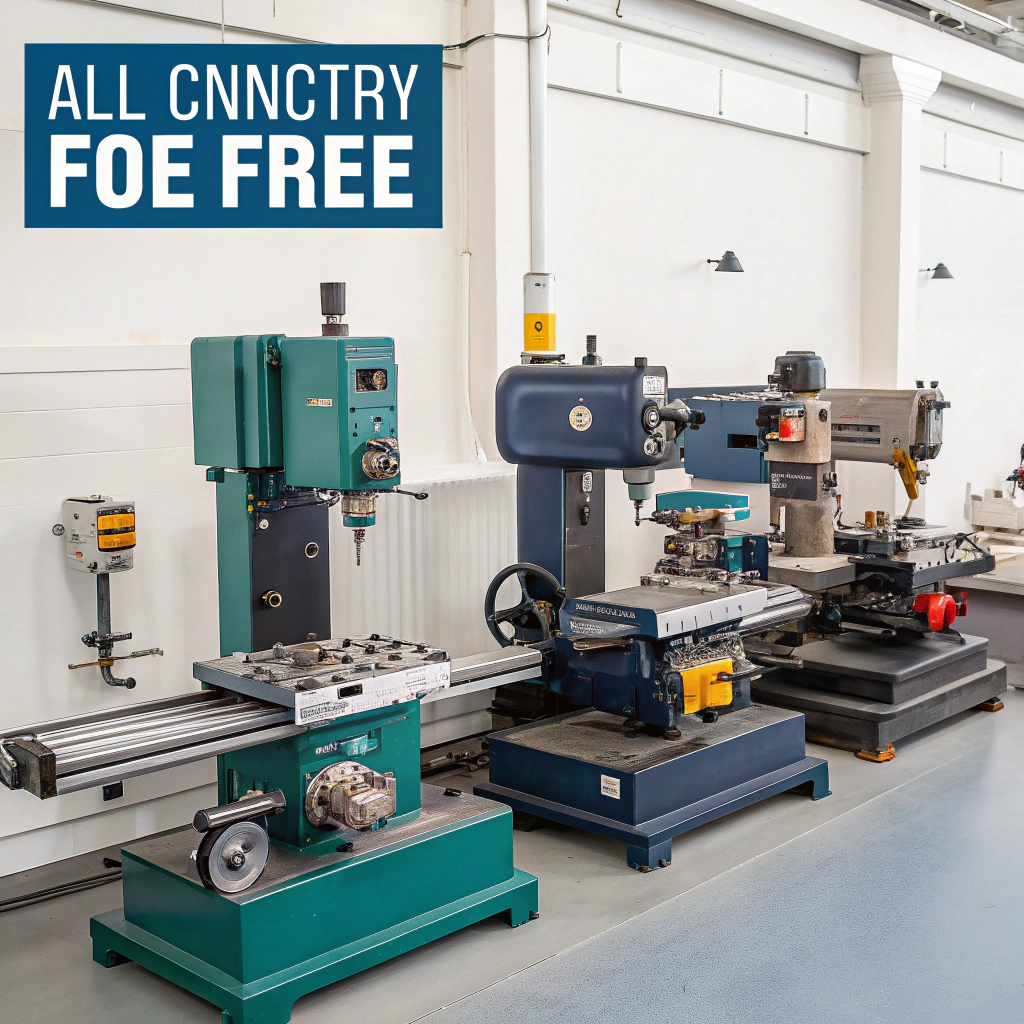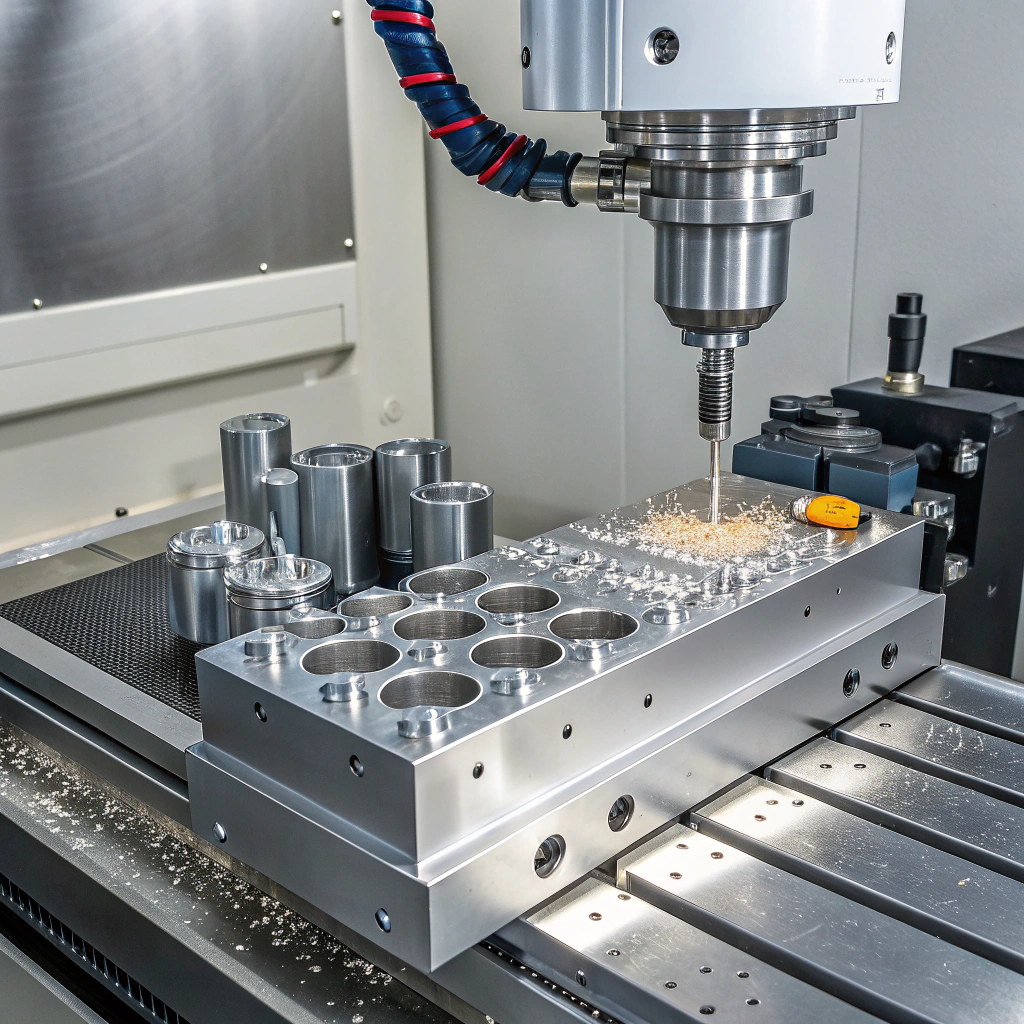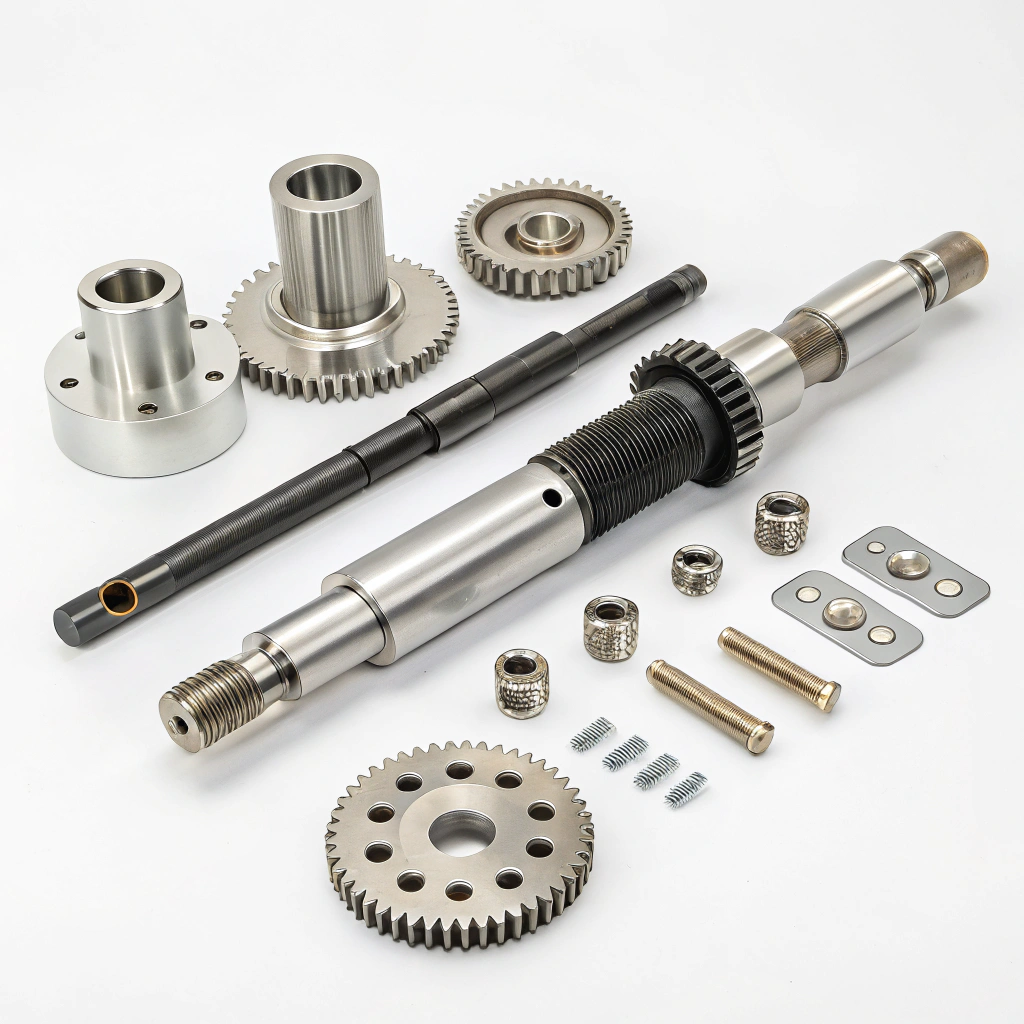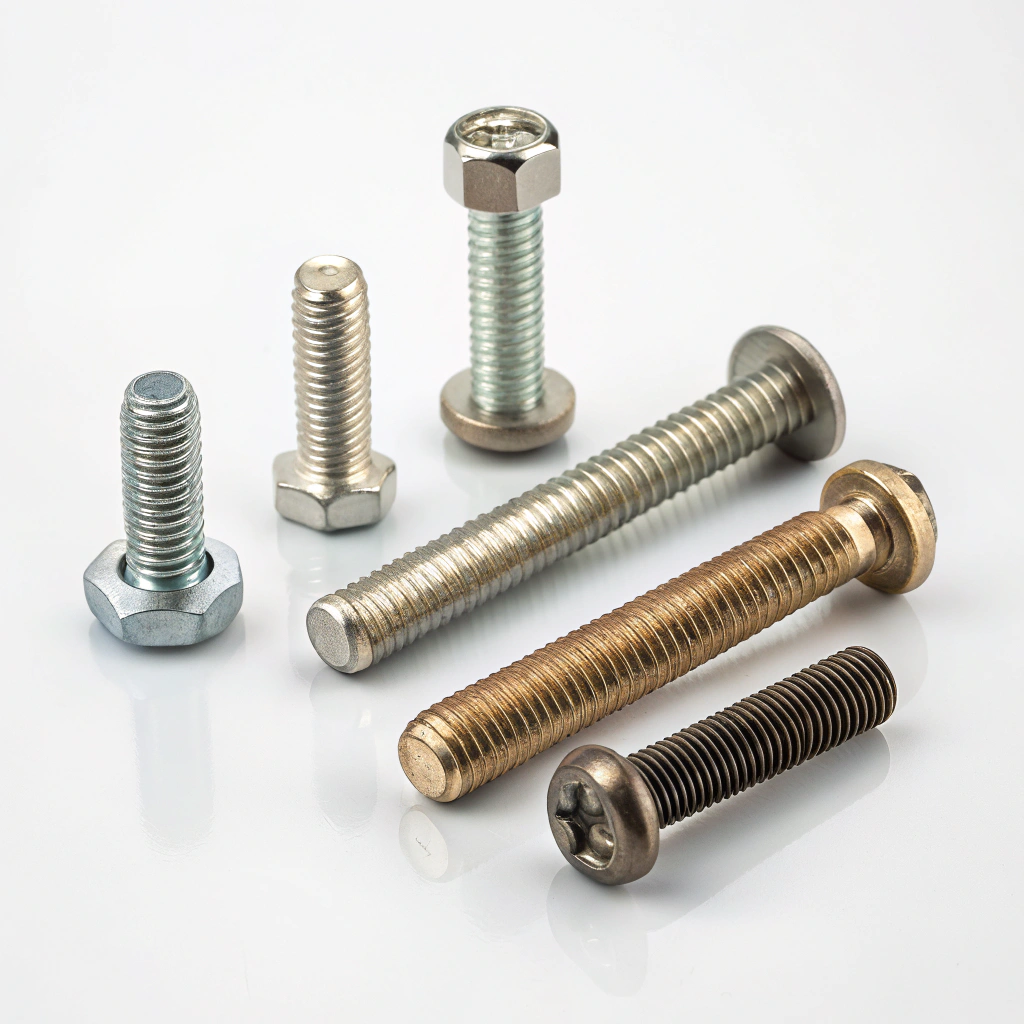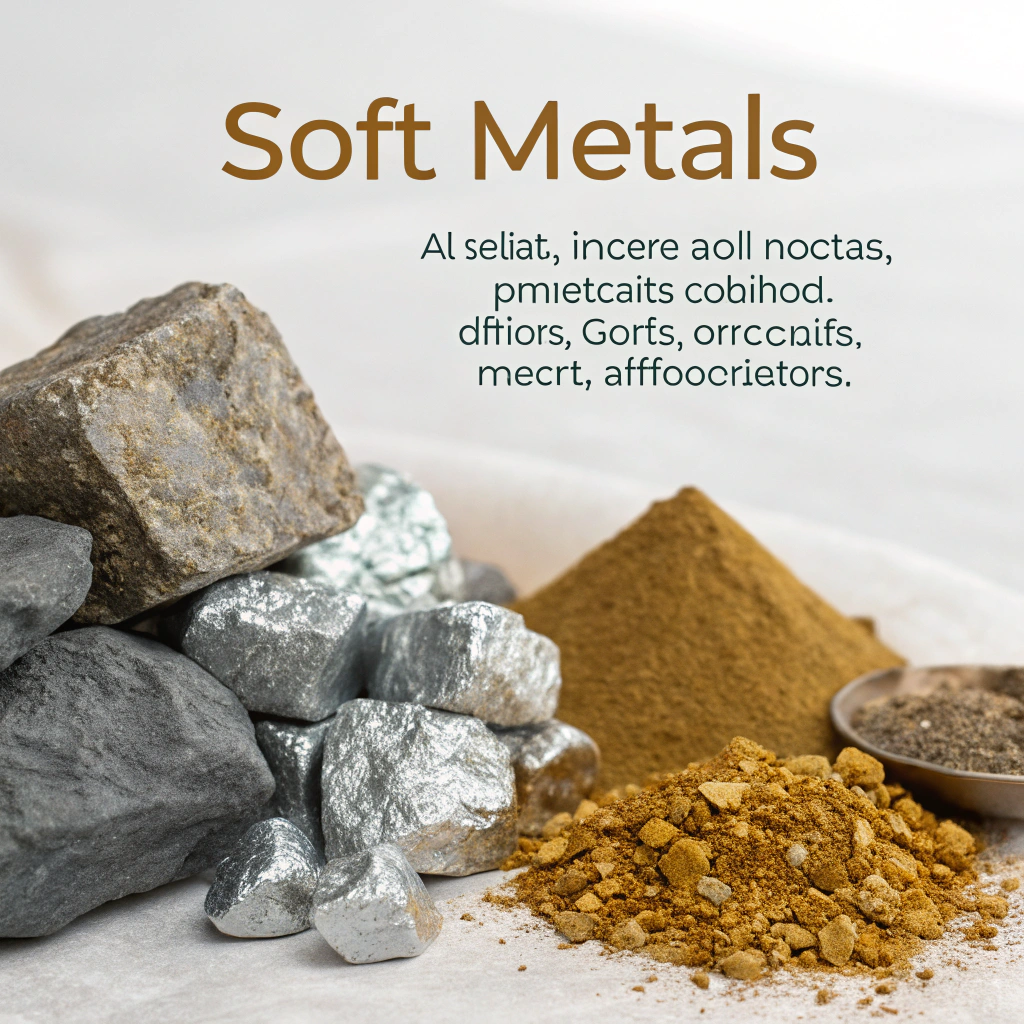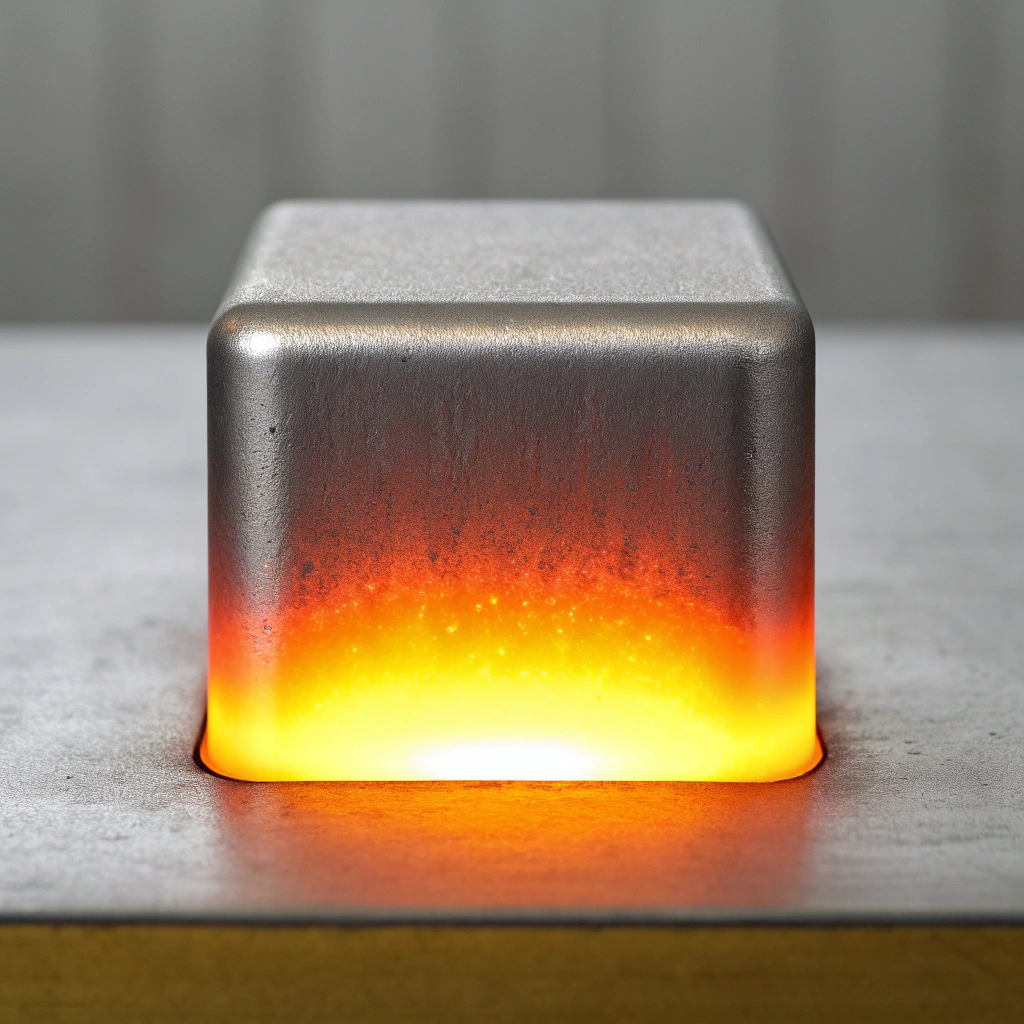
Many people ask if aluminum is too tough for CNC machines. I had the same question when I first started. Can it be done safely and accurately?
Yes, you can CNC aluminum. With the right tools, speeds, and machine setup, aluminum cuts cleanly and can achieve high precision.
Aluminum is actually one of the most common materials used in CNC machining. It's strong but not too hard, making it a good choice for parts across many industries. Let’s look at how it works.
What types of CNC machines can mill aluminum?
Not all machines are built the same. Some are fast, powerful, and rigid. Others are better suited for soft materials. I learned quickly that machine choice matters a lot when cutting aluminum.
CNC mills, lathes, and routers with enough rigidity, spindle speed, and cutting power can handle aluminum milling.

Most professional aluminum milling is done on vertical or horizontal CNC machining centers. These machines hold tight tolerances and have strong motors. They can cut aluminum all day.
Common CNC Machines for Aluminum
| Machine Type | Can It Cut Aluminum? | Notes |
|---|---|---|
| CNC Vertical Mill | Yes | Best for parts with 3D shapes |
| CNC Lathe | Yes | Great for round aluminum parts |
| CNC Router (Pro) | Yes | Only with proper setup |
| CNC Router (Hobby) | Sometimes | Needs upgrades and slow cutting |
| CNC Plasma/Waterjet | Not ideal | Not precise for fine aluminum cuts |
For small parts, I’ve used desktop mills. They work with the right settings. But for consistent results, I use heavier machines like a Tormach or Haas.
Can hobby CNC routers handle aluminum cutting?
When I got my first CNC router, I wasn’t sure if aluminum would work. Would it jam? Overheat? Or break my spindle?
Yes, hobby CNC routers can cut aluminum if used with the right feed rates, depth of cut, and cooling methods.
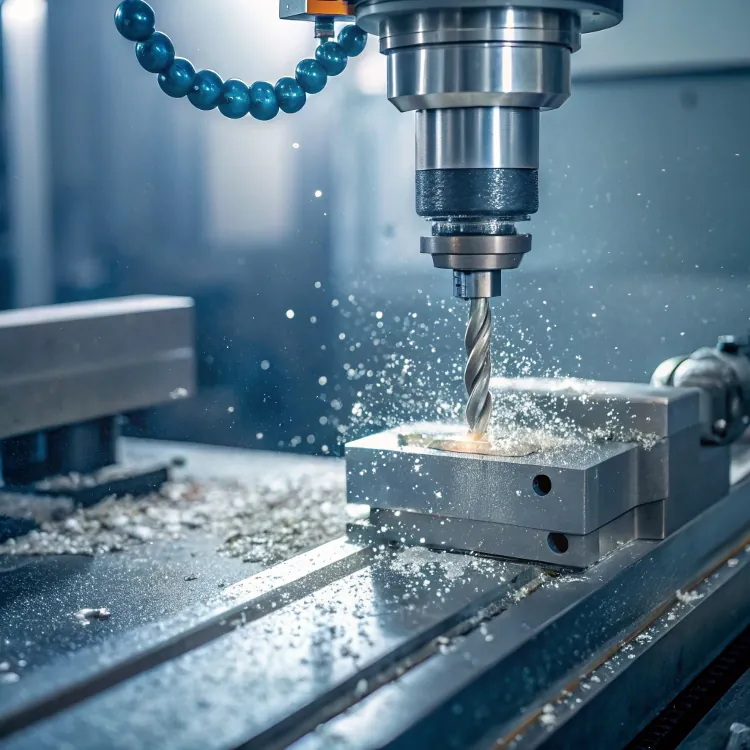
But it’s not easy. Aluminum builds heat fast. Routers aren’t very rigid. That leads to vibration and poor surface finish. So I make sure to:
- Use sharp 2-flute carbide tools
- Take shallow cuts (like 0.2 mm or less)
- Slow down the feed rate
- Use air blast or lubricant to clear chips
Tips for Cutting Aluminum on Hobby Routers
- Keep the workpiece firmly clamped
- Use high-RPM spindles (15,000+)
- Don’t let the cutter dwell in one spot
- Monitor chips and spindle noise
With the right setup, I’ve made clean aluminum brackets and faceplates on hobby routers. Just takes time and care.
What challenges come with CNC aluminum machining?
Aluminum isn’t the hardest material—but it brings its own set of issues. I had to learn how to avoid tool breakage, chip welding, and poor finishes.
Main challenges include chip welding, heat buildup, tool deflection, and chatter due to aluminum’s stickiness and fast cutting speed.
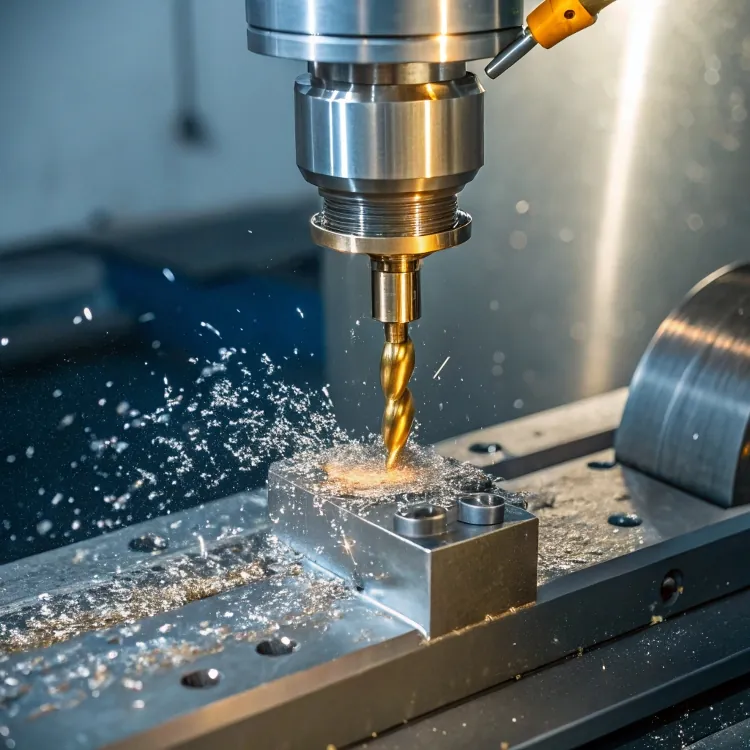
Aluminum sticks to tools easily. That creates friction, melts chips, and ruins the part. I use coated end mills (ZrN, TiB2) to stop that. Also, I clear chips with air or coolant constantly.
Vibration is another issue. If the machine or tool flexes, I hear a high-pitched squeal. That’s chatter—and it kills finish quality.
CNC Aluminum Machining Challenges
| Problem | Cause | Solution |
|---|---|---|
| Chip Welding | Overheating, poor chip removal | Use air blast or coolant |
| Chatter | Low rigidity, wrong speeds | Shorter tools, adjust feed/RPM |
| Tool Wear | Dull cutters, wrong coating | Use carbide with proper coating |
| Warping | Thin parts, no support | Use tabs, adjust fixturing |
Once I fixed my chip removal and tuned the feed/speed, things got much smoother. Now I can cut batches without worry.
Is it safe to CNC aluminum at home?
Safety was my top concern at first. Sharp tools spinning at 10,000 RPM, flying metal chips—could I handle that in my garage?
Yes, it is safe to CNC aluminum at home if you follow basic safety practices, including protective eyewear, proper ventilation, and machine guarding.

I always wear eye protection and keep flammable materials far away. Chips can fly fast. I use a clear plastic shield around the work area. Also, my machine is grounded and has an emergency stop.
If I use coolant or oil, I make sure there’s airflow to remove fumes. And I keep my workspace clean—no clutter near the spindle.
Home CNC Aluminum Safety Checklist
- Wear safety glasses and gloves
- Shield the cutting area
- Don’t touch chips—they're sharp and hot
- Use grounded outlets and surge protectors
- Keep flammable materials away
I also avoid leaving the machine unattended during aluminum cutting. One jammed chip can cause trouble fast. With these habits, I’ve safely cut dozens of aluminum parts at home.
Conclusion
Yes, aluminum can be CNC-machined at home or in a shop. With the right tools and setup, it’s precise, reliable, and very rewarding to work with.

